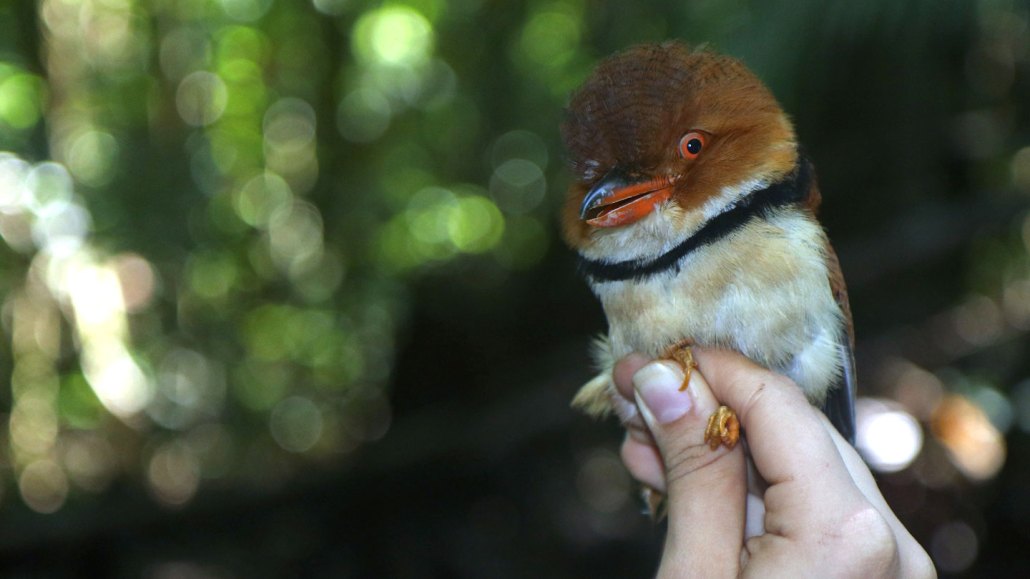
Many tropical birds, such as this collared puffbird (Bucco capensis), are shrinking in size. The change may help the birds stay cool in a warming climate.
V. Jirinec

Many tropical birds, such as this collared puffbird (Bucco capensis), are shrinking in size. The change may help the birds stay cool in a warming climate.
V. Jirinec